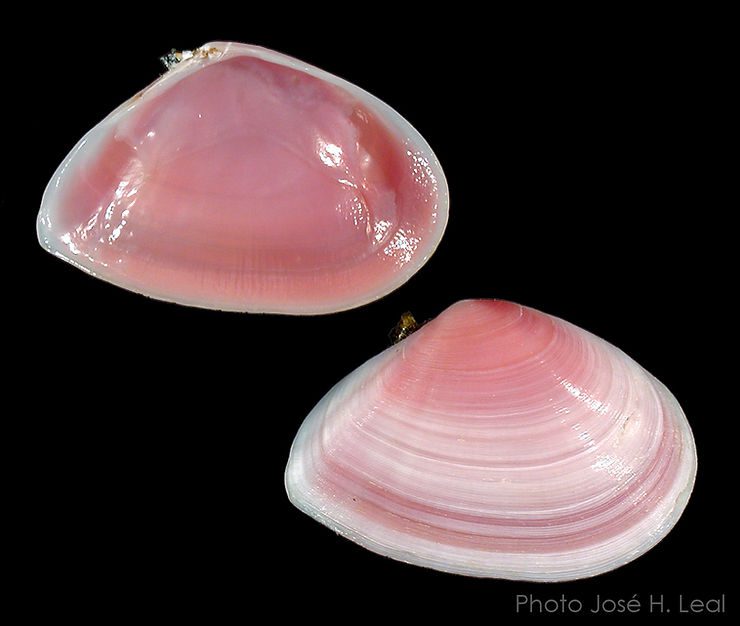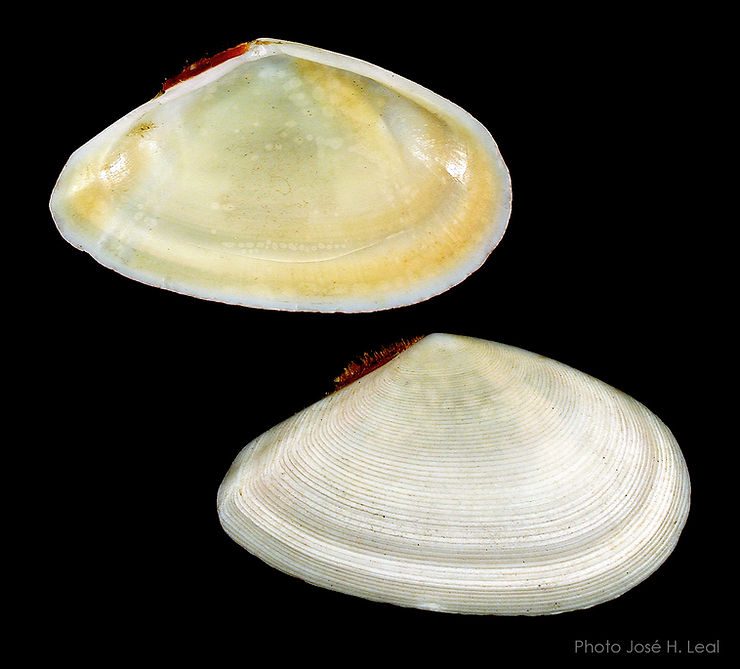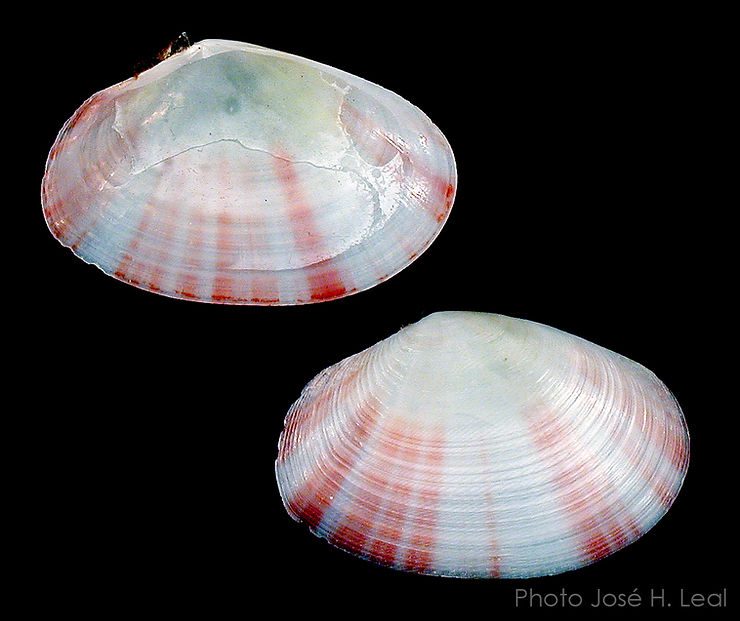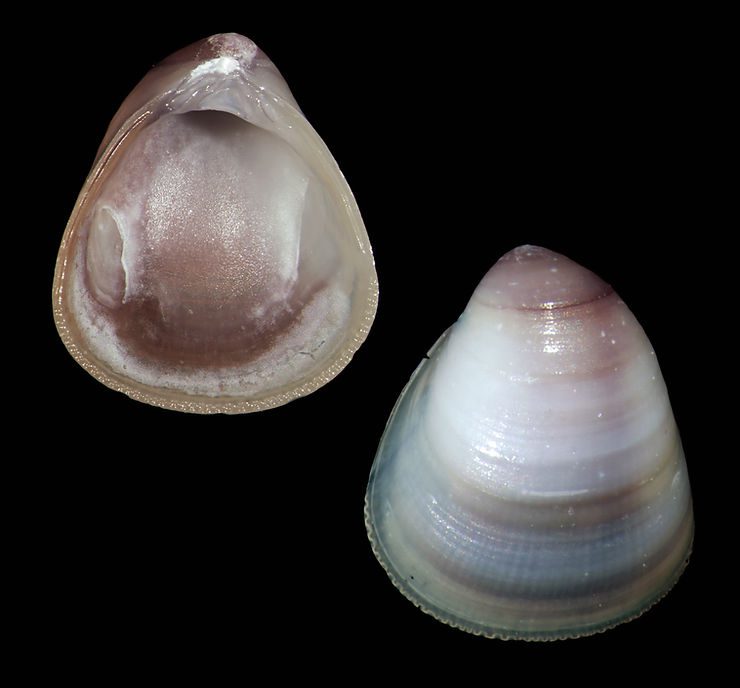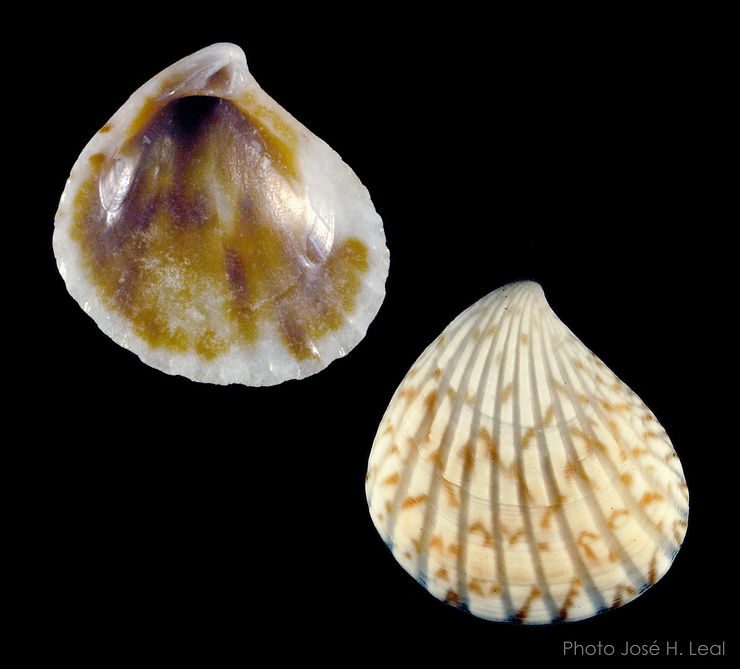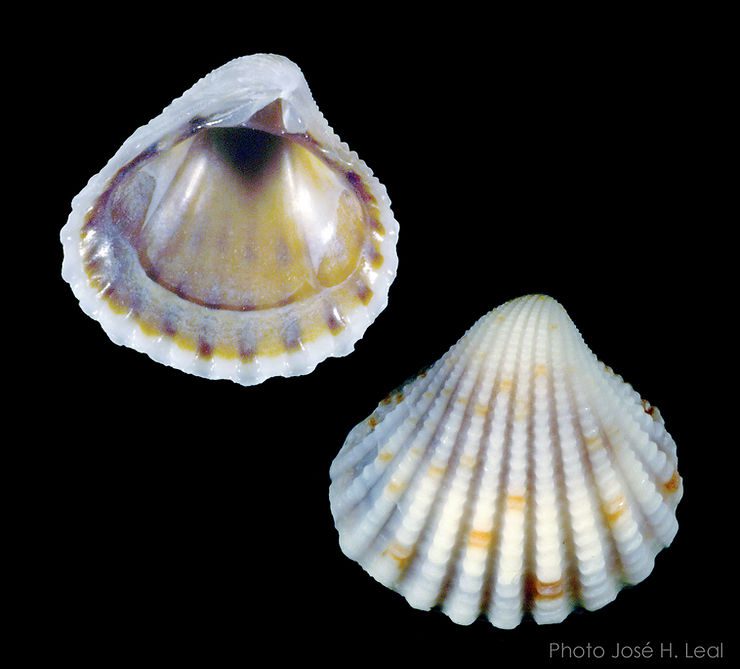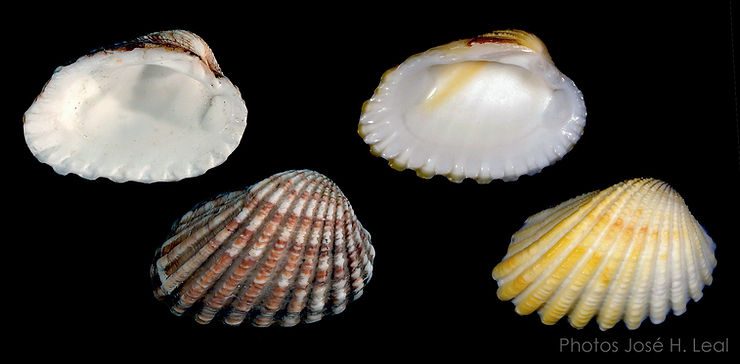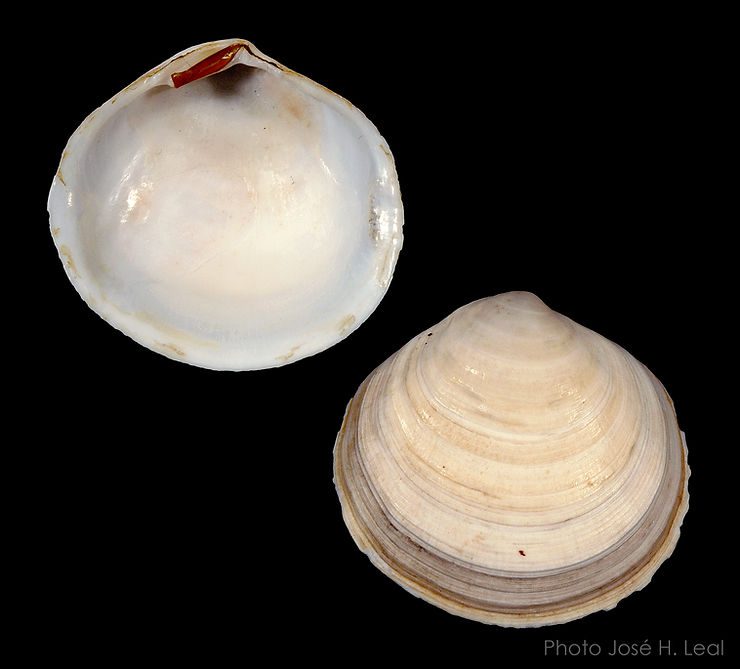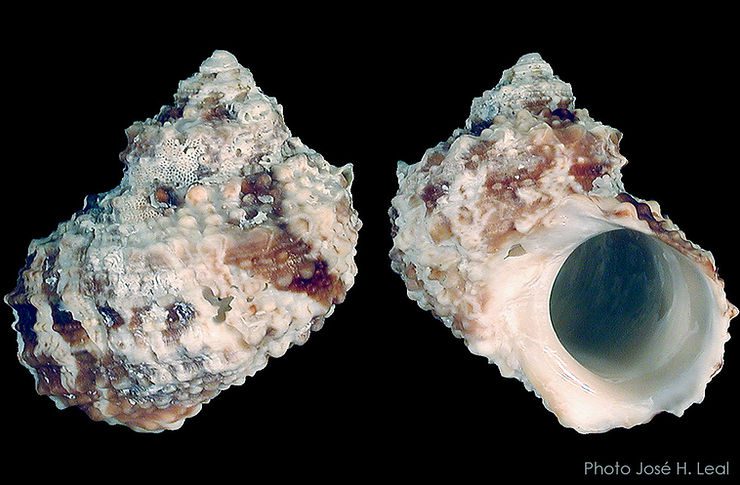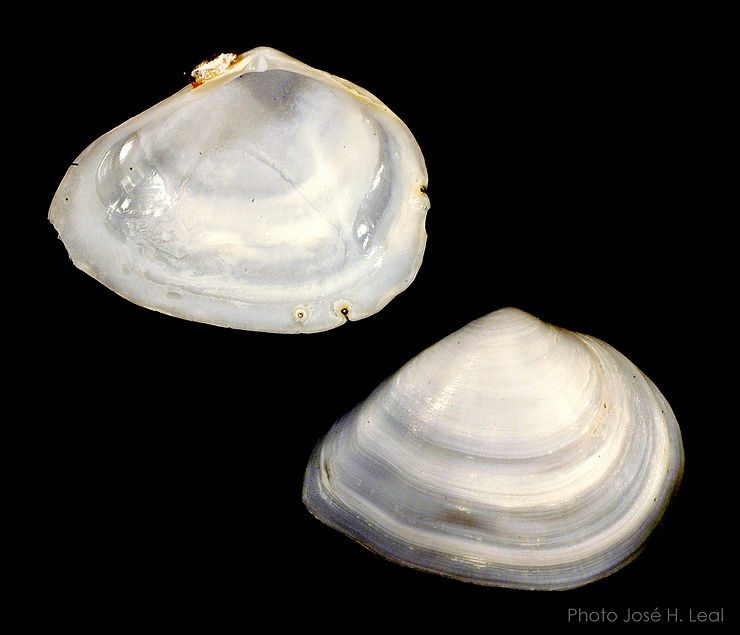
The Constricted Macoma
Again, we proceed with the synopsis of local Tellins (Family Tellinidae), today with a discussion of the Constricted Macoma, Austromacoma constricta (Bruguière, 1792). The 1.5–2 inch-long bivalve is one of the local species of bivalves that thrives in the muddy bottoms of the back-bay areas of Southwest Florida. As such, its shells will be rarely found on the Gulf beaches. The posterior end is pointed, and the shell sculpture consists of very faint growth lines. The Constricted Macoma is whitish
